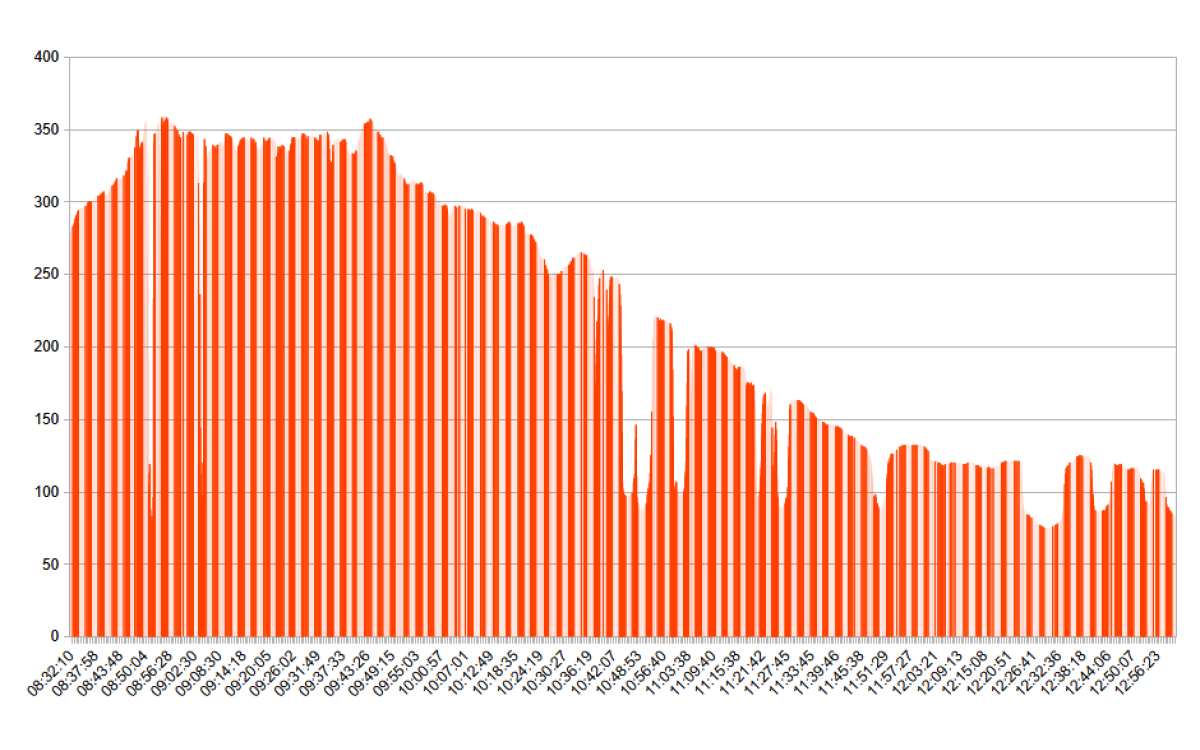Accurately measuring solar irradiance is crucial for evaluating the performance of photovoltaic (PV) systems. There are several types of instruments available for this purpose, each with its own capabilities and cost considerations.
Pyrheliometers
Pyrheliometers measure direct normal irradiance (DNI), which is the direct beam solar radiation. Pyrheliometers are more accurate with non linearity of < 0.2%. Its direct beam measurement of solar irradiation with little need for temperature offset and minimal directional errors makes it highly accurate but they are also more expensive, typically costing $5,000-$10,000.
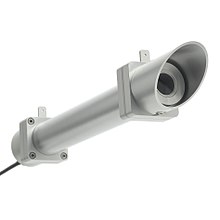
Pyrheliometers require precise tracking of the sun's position, making them more complex to operate than pyranometers. They are commonly used in climatological research and weather monitoring purposes e.g. concentrated solar power (CSP) applications.
Pyranometers
Pyranometers are the most common type of solar irradiance meter. They measure global solar radiation, which includes both direct and diffuse solar radiation. Pyranometers can be classified into different accuracy classes ranging from 1.2% to 3%, with higher accuracy classes being more expensive. For example, Apogee Instruments offers silicon-cell pyranometers (left photo below) for around $500-$800, and thermopile pyranometers (right photo below) for around $1,500-$2,500.
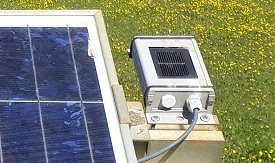
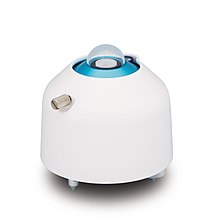
Pyranometers require a level surface and must be oriented towards the sun to accurately measure irradiance. They are typically used in research, meteorological, and solar energy applications.
PVBuddy is a new Irradiance measurement solution in a class of its own. It works in conjunction with a mobile app, very compact in size and is a portable irradiance sensor that can be purchased for just $299 normal listed price. The app has a chart to display the Irradiance in real time of 6 minute timeframe and has datalogging feature. It is rated at a conservative 5% accuracy with user offset adjustments built into the app.
In fact, PVBuddy is more than a dedicated irradiance meter, PVBuddy allows you to test your solar panels without the need for invasive probing or dismantling your solar array. This makes it a safe and convenient way to assess the health of your system. One unique feature that stands out is the cross checking of inverter kWh reading against PVBuddy's computed kWh of the MPPT string under test.
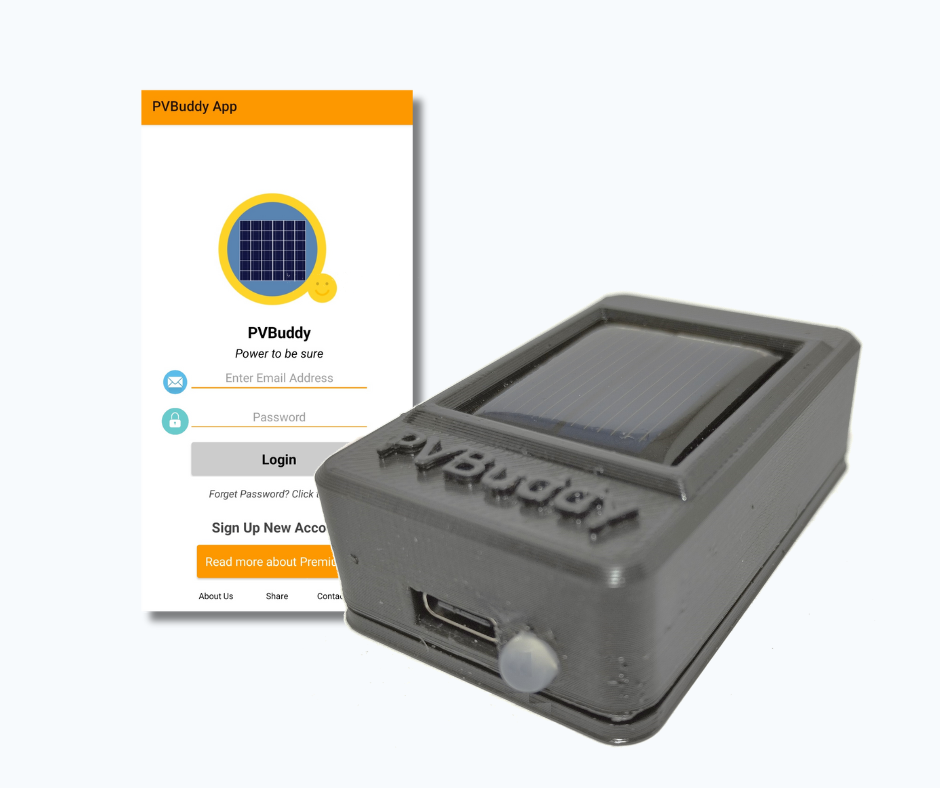
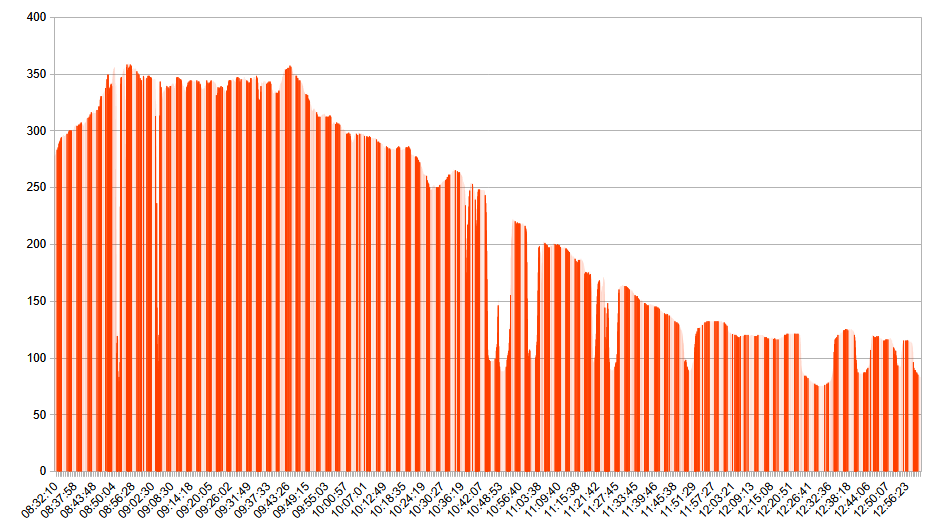
Optionally, PVBuddy can be used with a DC clamp meter to quickly evaluate the performance of individual panels, strings, or your entire solar array on site. It can also be used to determine the optimal tilt angle for your solar panels as the seasons change, ensuring you're getting the most out of your system. Multiple PVBuddy sensors can operate simultaneously if needed for albedo or back of panel assessment.
Other Irradiance Meters
There are other types of irradiance meters, such as albedometers, pyrgeometers, and net radiometers, that measure different aspects of solar radiation. These instruments typically cost $3,000-$12,000, depending on their complexity and accuracy[2]. Other handheld solar irradiance meters include the Megger Solar Irradiance Meter, Fluke Sol-IRR1 or Seaward Solar Survey 200R. These meters typically cost in the range of $500-$800. Most of these meters are having accuracy of 5%.
Conclusion
In summary, the choice of solar irradiance meter depends on the specific needs of your application and your budget. Pyrheliometers are highly accurate for scientific but it does require technical expertise to use; Pyranometers accepts irradiance in omnidirectional manner and are designed for permanent installation outdoors. Handheld meters and PVBuddy offer more affordable options for general solar PV monitoring with the latter offering PV strings and panel checking.
Author: Ken


